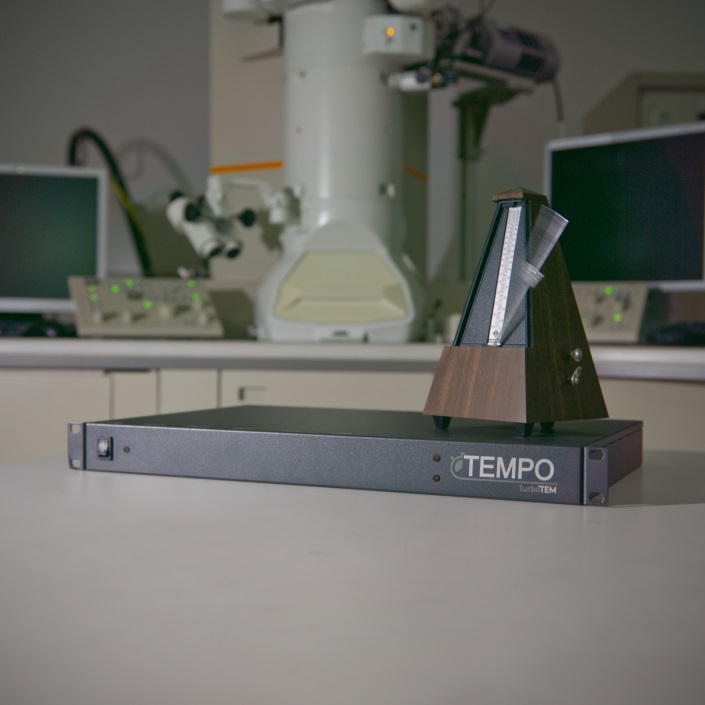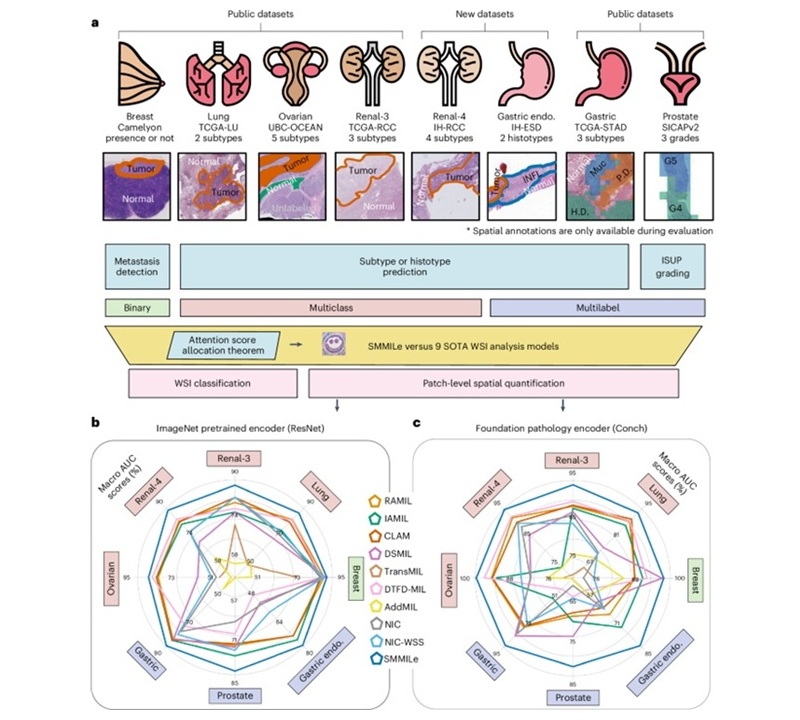Innovative Imaging Method to Revolutionize Microscopy
Posted on 02 Aug 2024
Currently, scanning transmission electron microscopes (STEMs) employ a highly focused electron beam that traverses a sample, creating images point by point. Traditionally, at each point, the beam pauses for a constant, predetermined duration to gather signals, akin to how cameras with photographic film function, resulting in uniformly exposed images across all areas. This method continuously exposes the sample to electrons until the set "dwell-time" for each pixel elapses. Although simple to implement, this technique can subject the sample to excessive radiation, potentially altering or destroying it. Now, a pioneering imaging technique utilizing advanced microscopes has significantly reduced the time and radiation needed for imaging. This advancement is particularly beneficial for fields like medicine, where it promises enhanced imaging of sensitive materials, such as biological tissues, which are highly susceptible to damage.
The new method, devised by an international research group led by Trinity College Dublin (Dublin, Ireland), fundamentally rethinks the traditional imaging process. Rather than measuring the number of detected "events" – electrons scattered from various parts of the sample – over a fixed period, this innovative approach employs an event-based detection system that records the time it takes to detect a predetermined number of events. Both methods provide comparable "detection rate" image contrast, but the novel mathematical theory introduced by the team reveals that while the first electron detected at each position offers substantial information for image construction, additional electrons contribute increasingly less information. Importantly, every electron interacting with the specimen carries a similar risk of damage.

This method enables shutting off the illumination precisely when imaging efficiency becomes optimal, thus requiring fewer electrons to produce an image of equal or superior quality. However, the theory alone does not reduce radiation exposure. To implement this reduced radiation mode, the team has patented a system called Tempo STEM, which integrates a high-tech "beam blanker" that can quickly shut off the beam after achieving the desired accuracy at each sample point. This innovative combination of two cutting-edge technologies marks a significant advancement in microscopy capabilities. By enabling the electron beam to be rapidly turned on and off in response to real-time events, a capability not previously available, this approach not only reduces the overall radiation dose needed for high-quality images but also minimizes unnecessary radiation that offers diminishing returns, thereby protecting the sample from potential damage.
“We tend to think of electrons as relatively mild from a radiation perspective, but when they are fired at a tiny biological sample at speeds of around 75% the speed of light, it’s no surprise that they damage these samples,” said Dr. Jon Peters, Trinity, first author of the research published in the leading international journal Science. “This has been a major issue for microscopy, as the images you get back could be unusable, or worse, misleading. This is obviously problematic if you need to make decisions on future battery materials or catalyst development.”
Related Links:
Trinity College Dublin














